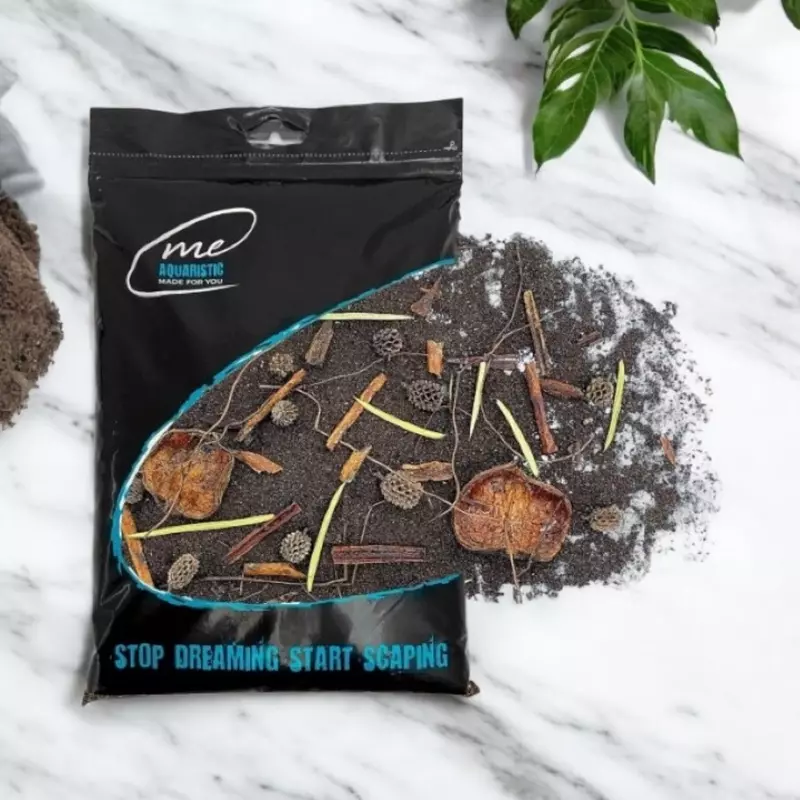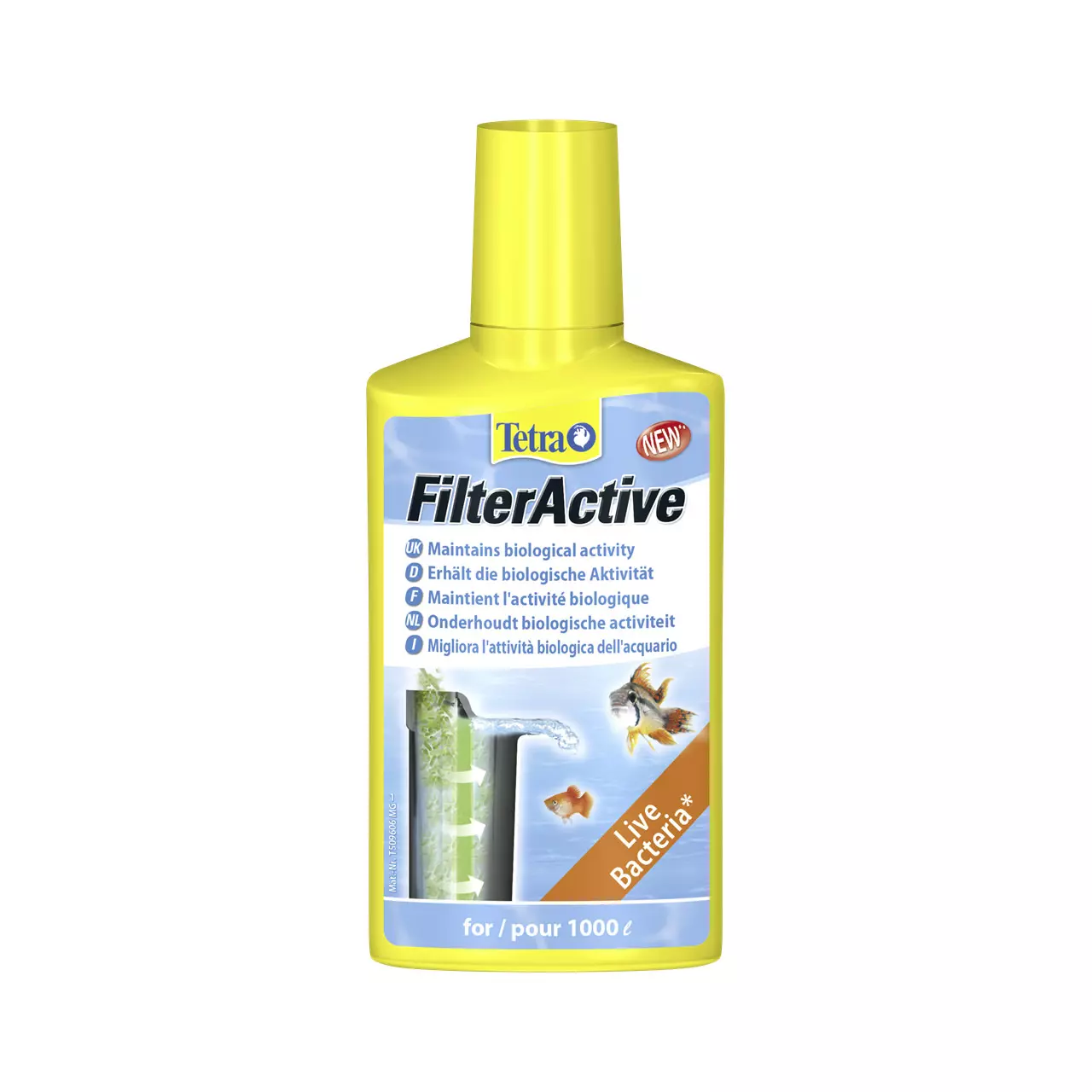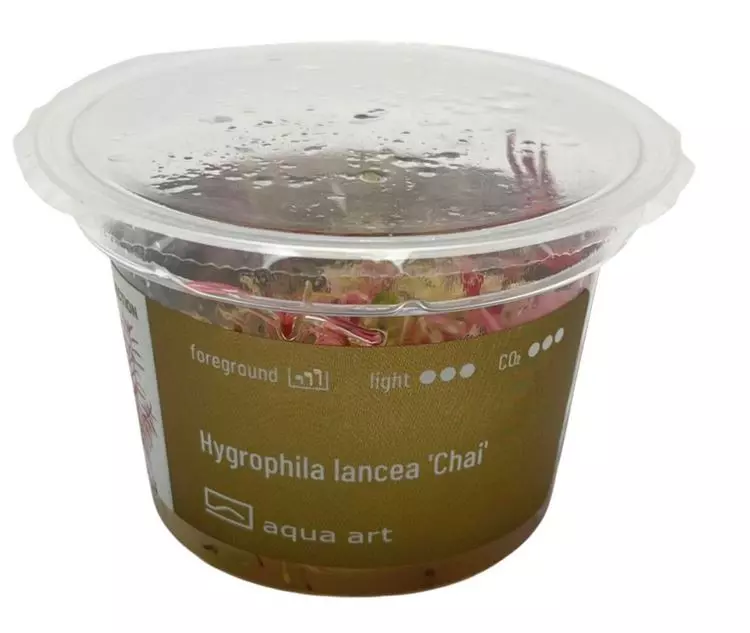Product information "Alternanthera reineckii 'Mini' (mini parrot leaf)"
Alternanthera reineckii 'Mini'
Alternathera Reineckii 'Mini' is a medium sized red plant that will add variety to the background of your aquarium. - Difficulty of cultivation: demanding
- Light requirements: strong
- CO₂ requirements: strong
- Height of mature plant: up to 10 cm
- Growth rate: moderate
- Temperature: 23-28°C
- Placement in aquarium: second level
- Origin: South America
- Shell diameter 6 cm
Alternathera Reineckii (Alternantera Reineka) is native to the tropical regions of South America. It grows in swamps on the banks of rivers and lakes. The mini variety is a low plant with red leaves that grows bushy in the background of the aquarium. It looks its best in front of green plants. It brings an interesting variety to a planted tank. It grows moderately fast and develops a moderate root system. With fertilizers containing micronutrients, especially iron and CO₂ in gaseous form, it grows much stronger and needs regular pruning. It is advisable to prune the plant every 2 weeks, depending on the current growth. Often in the place of pruning two new shoots grow, so the plant quickly becomes denser. It is very easy to propagate. Simply plant the cut branch directly into the substrate, it quickly takes root and begins to grow.
Alternathera needs a lot of light. In too little light, it may start to turn green and lose its leaves.It is comfortable in a fine substrate and will accept an active substrate without problems. It is best to choose a location where it gets plenty of light. In partial shade and shade it can wither and lose its color.
Planting: The plant must be removed from the cup and thoroughly rinsed from the gel under running water. This is best done by placing the plant in a container of lukewarm water. Most of the gel will then fall off by itself. Divide the contents of the cup in clusters with a small distance.
.















.jpg)

.jpg)














